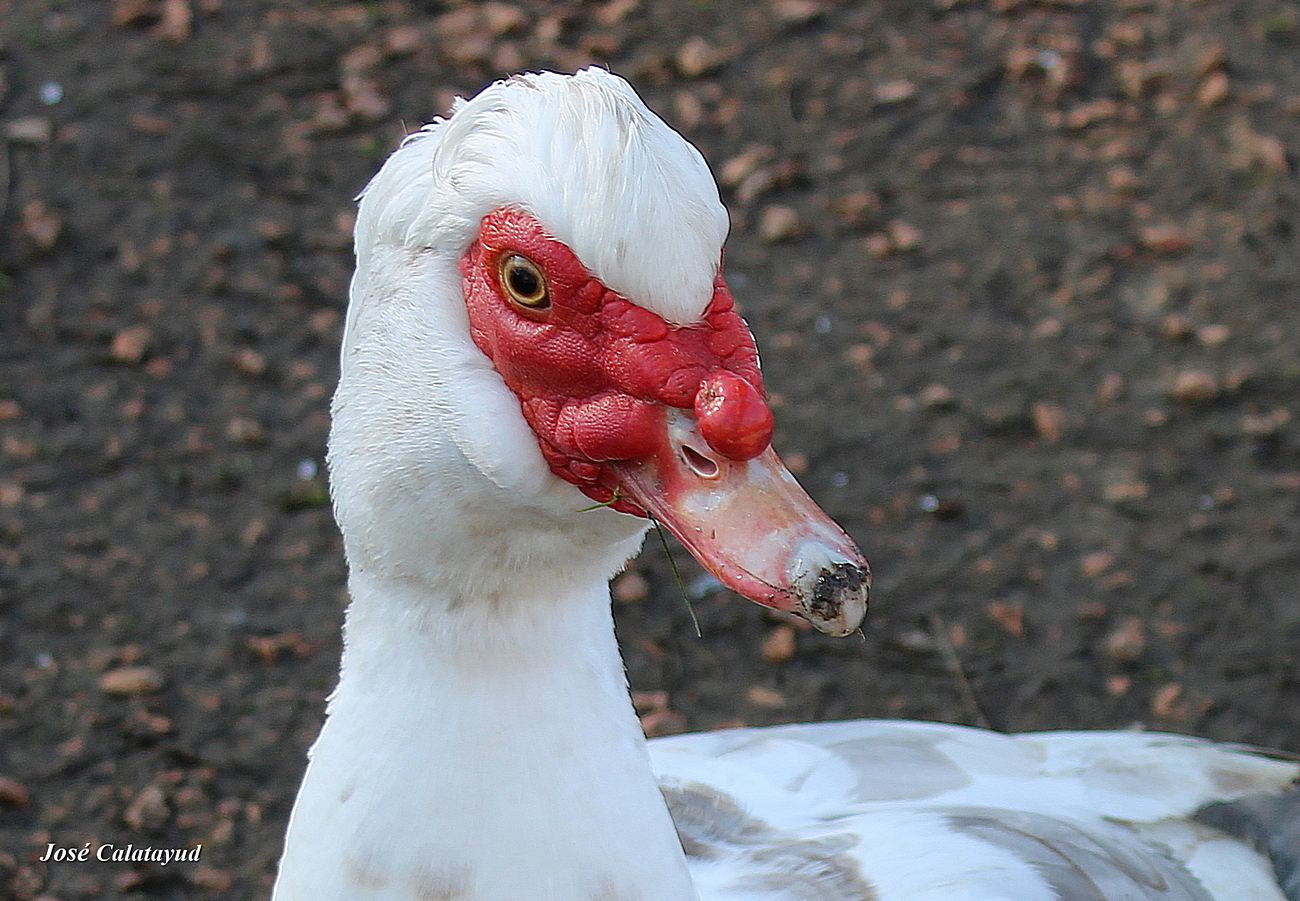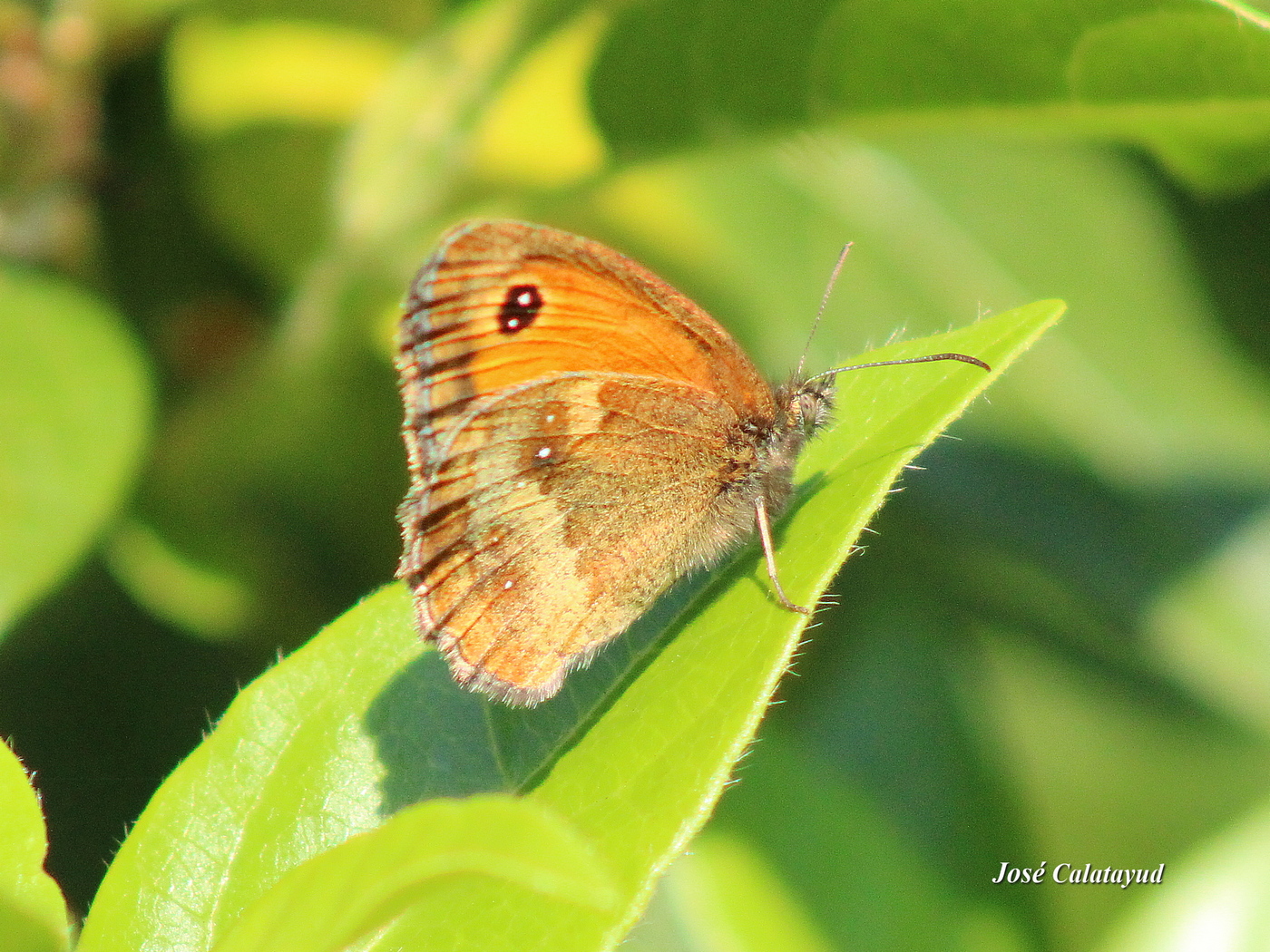The robin is a small bird, recognisable by its bright orange breast and forehead, contrasting with its olive-brown plumage. Sociable and inquisitive, it frequents gardens, forests and parks, where it feeds on insects, berries and seeds. Its melodious song, often heard in spring, makes it a popular bird. It is said to be a friend of gardeners because it stays close to them when they turn over the soil, on the lookout for worms and insects to feed on.
The Muscovy duck (Cairina moschata), native to Latin America, is a species of domestic fowl recognisable by its red wattle around the eyes and its broad, flattened beak. Larger than the classic domestic duck, the male can weigh up to 5 kg, while the female is slightly smaller. Its plumage varies from pure white to black with variegated patterns. Unlike other ducks, it makes whistling rather than pecking sounds and is renowned for its quiet, low-noise nature.
Raised mainly for its tasty, low-fat flesh, the Muscovy duck is highly prized in gastronomy, particularly for the production of magret and foie gras. Hardy and easy to rear, it adapts well to different climates and feeds on grains as well as grasses and insects. It is also used in crossbreeding with domestic ducks to produce mulards, sterile hybrids bred for their foie gras. Appreciated for its productivity and hardiness, it is a popular choice with both amateur and professional breeders.
Source: Deepseek
The Amaryllis butterfly (Pyronia tithonus) is a small satyrine butterfly with a wingspan of around 3.5 to 4.5 cm, recognisable by the orange-brown colour of its dark brown-edged forewings. The black eye-spot at the tip of the forewing has two distinct white spots, an important feature in distinguishing it from the Myrtil (Maniola jurtina), which has only one. The hindwings, which are dark brown in the female and lighter in the male, have a very cryptic grey-brown underside, making it easier to camouflage the bird when it is sitting with its wings closed.
The Amaryllis flies from July to September, frequenting flowering meadows, margins, wasteland and gardens. It is a territorial butterfly, often seen resting on grasses or nectar-producing flowers such as thistles and knapweeds. The caterpillars feed on various grasses (particularly Poa and Brachypodium). Its rapid, nervous, butterfly-like flight and the two white-spotted eye-spots are the main keys to recognising it in the field.
- The flight of the grey heron, Braine-l'Alleud, Belgium
- Bumblebees foraging on an ornamental garlic flower
- The house sparrow, less and less present in our towns and cities
- European Greenfinch along the Guadalhorce River, Málaga, Spain 2025
- A grey heron fishing in the ‘Paradis’, Braine-l'Alleud, Belgium, 2025
- Idea Leuconoe, the Rice Paper Butterfly
- Two brave geese on the Lac du Paradis, Braine-l'Alleud, Belgium, winter 2025
- Monk or widow parakeet (Myiopsitta monachus), Andalusia, 2024
- Little Egrett in Pedregalejo Beach, Málaga, December 2024
- The Ginger Cat from the San Miguel Cemetery in Málaga, Spain, 2024
- Housefly on a window pane
- Diamond Mandarin or Australian Mandarin




 English
English  Español
Español  Français
Français